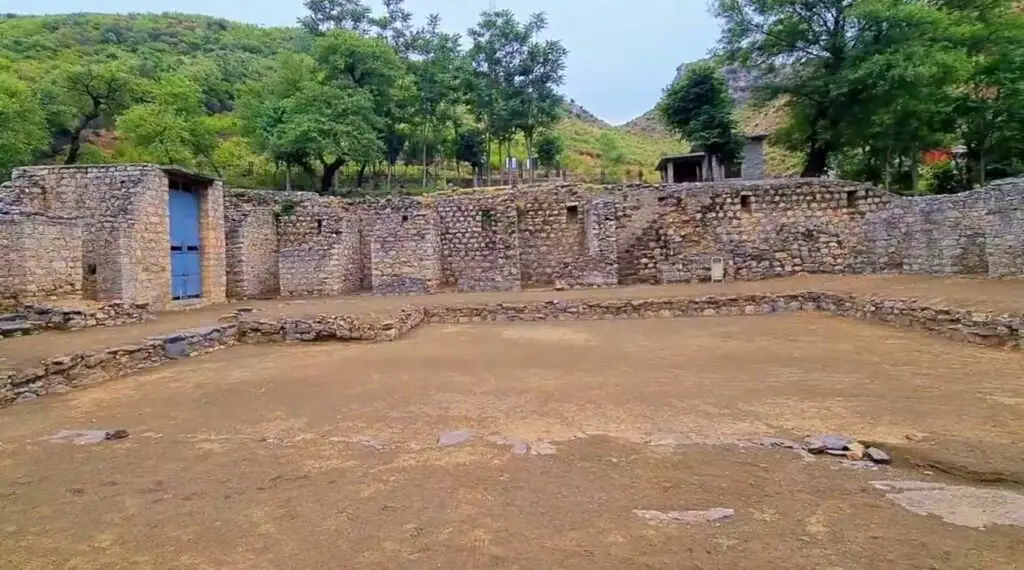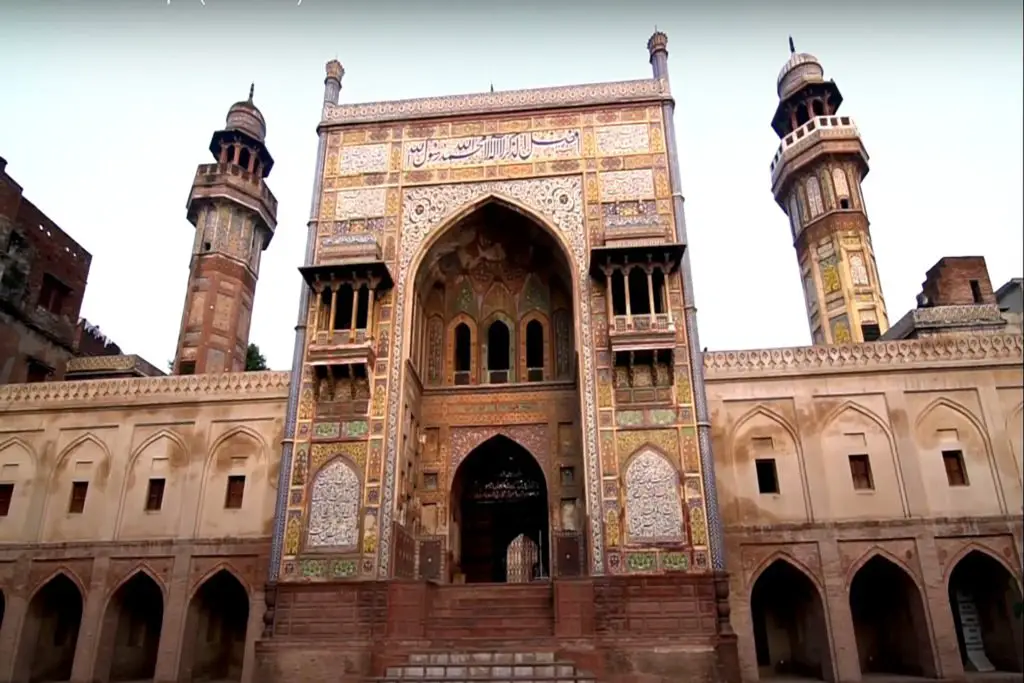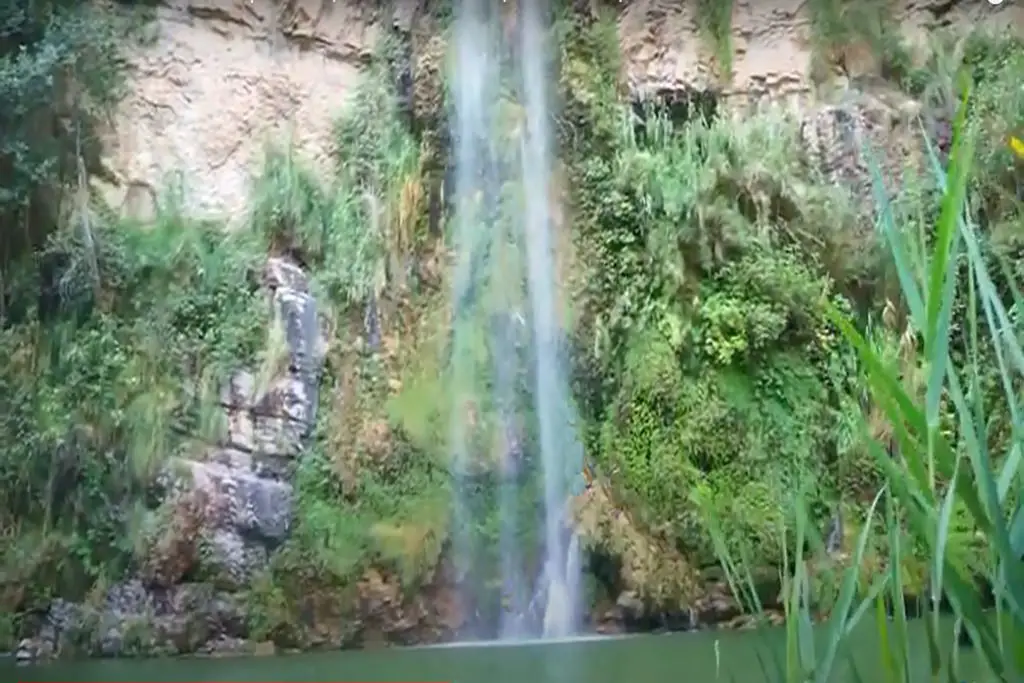Khader Mohra is an important archaeological site in the region and is believed to have been a fortified city built during the Indo-Greek period in the 2nd century BCE. The city was located on a rocky outcrop overlooking the Haro River, and it served as an important center of trade and commerce during its time.
Khader Mohra Excavation
The site was first excavated in the early 20th century by Sir John Marshall, who was the Director-General of the Archaeological Survey of India. The excavations revealed the remains of a citadel, a palace, and a number of residential buildings. The city was also surrounded by a defensive wall and had a system of water storage and drainage.
The most striking feature of Khader Mohra is the large number of Greek and Indo-Greek artifacts that have been found at the site. These include coins, pottery, and other decorative objects. The city also had a large number of Buddhist stupas and monasteries, indicating that it was an important center of Buddhist worship during its time.
History of Khader Mohra
Khader Mohra is believed to have been a significant Buddhist monastery during the Gandhara period. It is located near the ancient city of Taxila in Punjab, Pakistan. The site was discovered in 1934 and has been excavated by various archaeologists and teams over the years.
The monastery at the site is believed to have been built during the 2nd century BCE by the Mauryan emperor Ashoka. It is said to have been one of the 84,000 stupas built by Ashoka to house the relics of the Buddha. However, the monastery was later expanded and developed during the Kushan period (1st-3rd century CE).
The site has yielded a wealth of artifacts, including inscriptions, sculptures, pottery, and coins, which provide insight into the religious and cultural practices of the region during the Gandhara period. The site also includes several stupas, monastic cells, assembly halls, and other structures, which suggest that it was a major center of Buddhist learning and worship.
During the 6th century CE, city was abandoned, possibly due to the decline of Buddhism in the region. The site was later covered by layers of soil and debris, which helped to preserve the structures and artifacts. The site was rediscovered in the 20th century and has since been studied by various archaeologists and researchers.
Today, Khader Mohra is a protected archaeological site, and visitors can explore the ruins of the city. It is a fascinating glimpse into the ancient history of the region and is a must-visit for anyone interested in archaeology and history.







